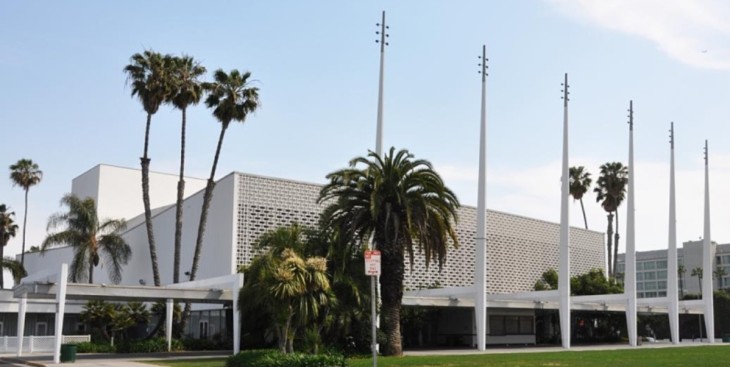When California voters adopted the “top two” primary election system four years ago via Proposition 14, they meant to make state politics more moderate, to ease some of the sharp divides between Republicans and Democrats that led to legislative and budgetary gridlock.
It’s working, but still a work in progress. For the relatively new system that pits the two leading vote-getters in each primary against each other the following November regardless of their party affiliations is now changing some runoff campaigns as profoundly as it quickly did many primaries.
A classic example comes in the 25th Congressional District, a solidly Republican area stretching from Simi Valley in Ventura County through a sliver of the San Fernando Valley and on into Santa Clarita and the Antelope Valley cities of Palmdale and Lancaster. The seat has long been held by the retiring Buck McKeon, now chairman of the House Armed Services Committee.
No Democrat will win this seat, for the two men who survived the June primary are both Republicans. Former Ventura County state Sen. Tony Strickland got 29.6 percent of the June 3 vote to 28.4 percent for current state Sen. Stephen Knight of Palmdale. The leading Democrat, Lee Rogers, netted a mere 22 percent of the primary vote.
Those numbers make it clear that even if Rogers had reached the November ballot, as he did two years ago, he’d have been trounced by any Republican opponent. But top-two means Democrats will have a strong influence on the eventual outcome, anyhow.
This is a classic district where one party – the GOP in this case – so thoroughly dominates that the minority party in the district has no chance to win. But Proposition 14 intended that members of the minority party in such districts should still have a voice – perhaps even a decisive one.
And in the 25th, where Strickland and Knight ran about equally well among their GOP cohorts, Democrats likely will decide things. Strickland and Knight well know this, as signaled by their appearing at an August forum of an Antelope Valley Democratic club.
Before top two, there’s no way either of these candidates would have been caught in any roomful of Democrats, nor would the Democrats have wanted them. But things are different now, and the eventual winner will know Democratic votes put him over the top.
It’s similar in the 26th state Senate district in coastal Los Angeles County, where two Democrats are vying for one seat. How likely would it have been before top two that Ben Allen, the leading vote-getter in the primary, would trumpet an endorsement from Don Knabe, a Republican county supervisor. Not very, but the other day he put out a press release to brag about it.
Allen, a Santa Monica school board member, ran well ahead of runoff opponent Sandra Fluke in the primary despite the fact that Fluke has a much higher national profile, the result of her being gratuitously belittled during a spat over birth control with far-right radio host Rush Limbaugh. But she has little local political experience and so far has collected no endorsements from significant Republicans even though GOP voters will likely decide this race in a mostly-Democratic district.
The scene is much the same in the San Jose-based 17th Congressional District, where incumbent Democrat Mike Honda won 48 percent of the primary vote to 28 percent for well-funded fellow Democrat Ro Khanna. Here, too, Republicans could provide the decisive votes in a Democratic-dominated area.
After these races and a dozen or so similar ones, the winners will be well aware that the minority party voters who put them in office are watching whether they revert to the kind of doctrinaire, non-compromising partisanship that has plagued American politics for the last decade or so.
That’s likely to produce at least some spirit of compromise from the winners, assuming they want to hold their seats. If it does – and there are indications this happened with some 2012 winners – it will mean that top two is gradually achieving its purpose of moderating the politics of both California and the nation.


























